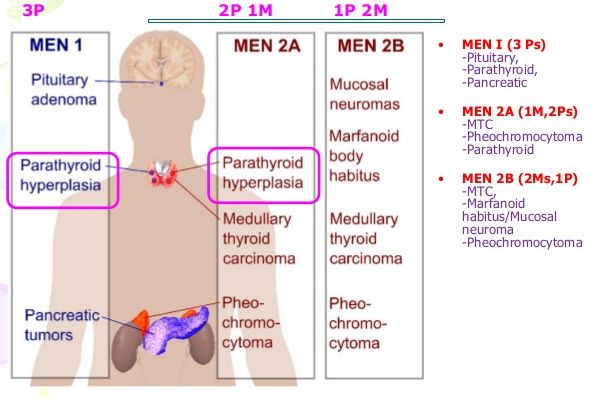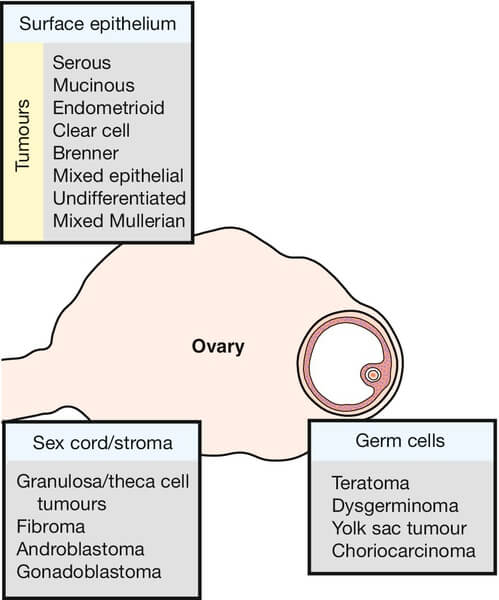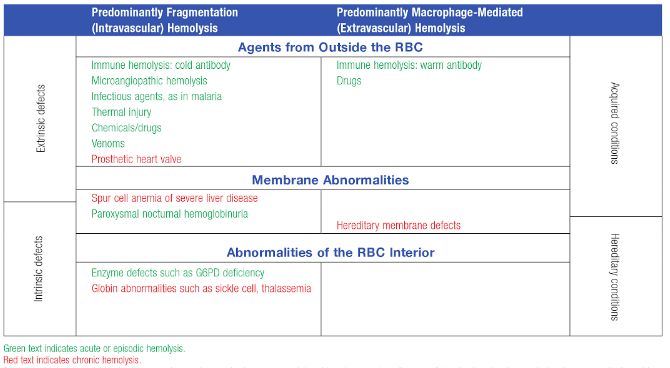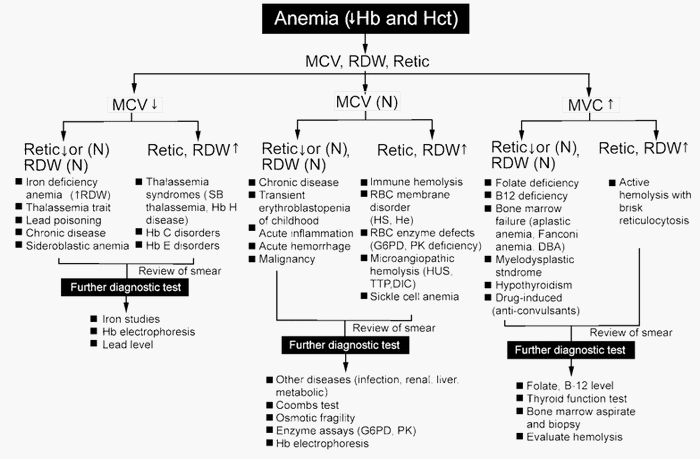a. SCF (Steel factor): Multipontent stem cells b. IL-3: Myeloid stem cells (“3” turned down looks like “m“) c. IL-7: Lymphoid stem cell (“L” turned up looks like “7“) d. GM-CSF (Granulocyte macrophage Colony stimulating factor): Myeloid lineage (Erythrocytes, Thrombocytes, Granulocytes and Monocytes) Pharmaceutical: Sargramostim e. G-CSF: Granulocytes (Neutrophil, Eosinophil,…
Tag: Pathology

Tumor Suppressor Genes – Mnemonics
Today, we are going to talk only about the commonly mentioned tumor suppressor genes in the textbooks. This somewhat a “forced mnemonic” and may not be as effective and tedious to learn itself. If it works for you it’s well and good, if not find some other ways. General Rules…

Working formulation of NHL (Mnemonic)
All follicular except large cell: Low grade All diffuse: Intermediate grade Blastic and non-cleaved: High grade

Aplastic Anemia : Review notes
Definition Failure of bone marrow to produce peripheral blood cells and its progenitors Etiology The following illustration gives a brief idea about the etiological factors of aplastic anemia Now going into each etiological factor: – Autoimmune diseases: – Either they affect all the lineages (autoimmune aplastic anemia) or a single…

MEN syndrome : Mnemonics
MEN syndrome is an autosomal dominant (AD) predisposition to developing multiple endocrine tumors. Mnemonic: MEN are Dominant. Points to remember: MEN I or MEN 1 (Wermer’s syndrome) Mnemonic: 3 X P’s MEN IIA or MEN 2A (Sipple’s syndrome) Mnemonic: 3 X C’s MEN IIB or 2B (MEN III) Mnemonic: 2C 2M…

Pathology of Ovarian Tumors – Quick Review
The latest TNM and FIGO staging for Ovarian Cancer has been discussed earlier here. Here, we will discuss pathology of ovarian tumors in short and in a way thats easy to grasp. WHO Classification of Ovarian Tumors Cells of origin Surface coelomic epithelium Germ cells Sex cord, stromal cells Metastatic…

Hemolytic Anemia – Quick review
Although, we classify as intravascular and extravascular hemolysis, “diseases” don’t read the book. These disorders may be described as causing extravascular hemolysis, but your case may be the uncommon exception with intravascular hemolysis that was not mentioned. Diseases may cause anemia by both intravascular and extravascular hemolysis. Extravascular hemolysis typically…

Understanding Red cell indices
Rule of 3s The measured hemoglobin concentration is 3 times the RBC count, and the calculated hematocrit is 3 times the Hb level. A significant deviation means artifacts in the value estimated or the RBCs are smaller or larger than the normal. HCt = 3 X Hb RBC count =…
